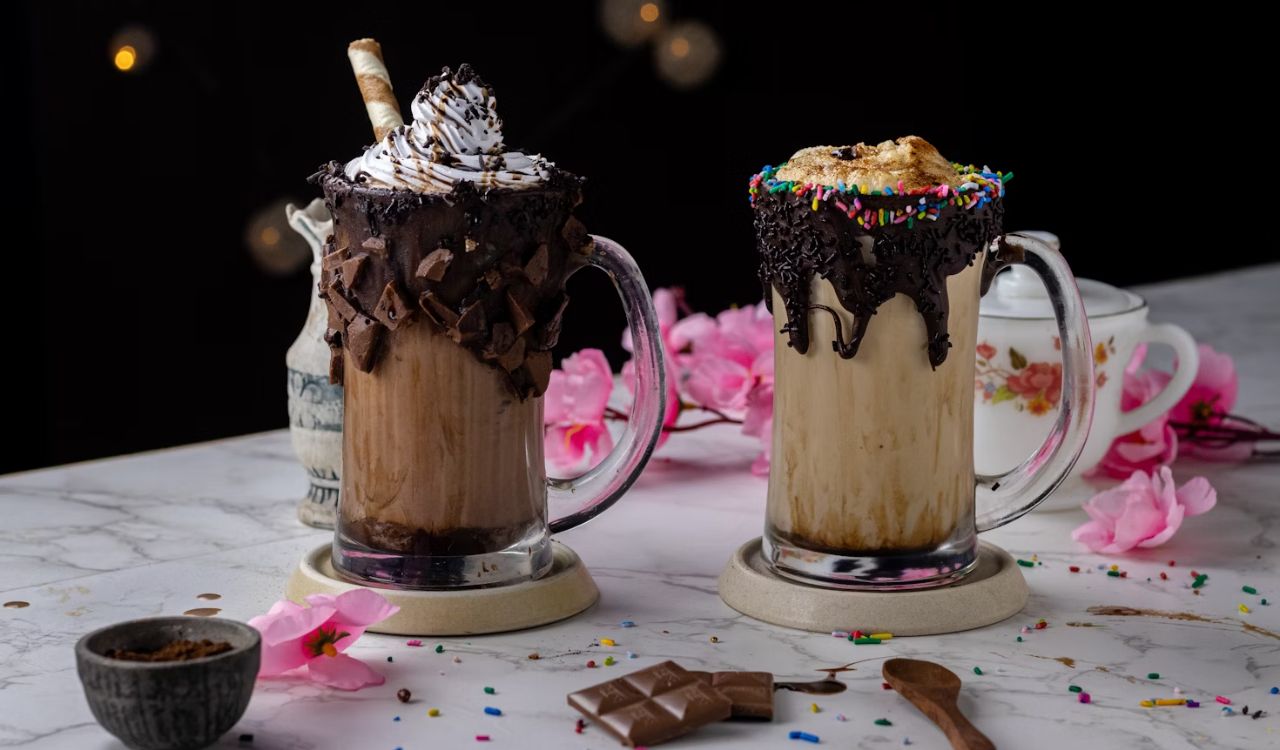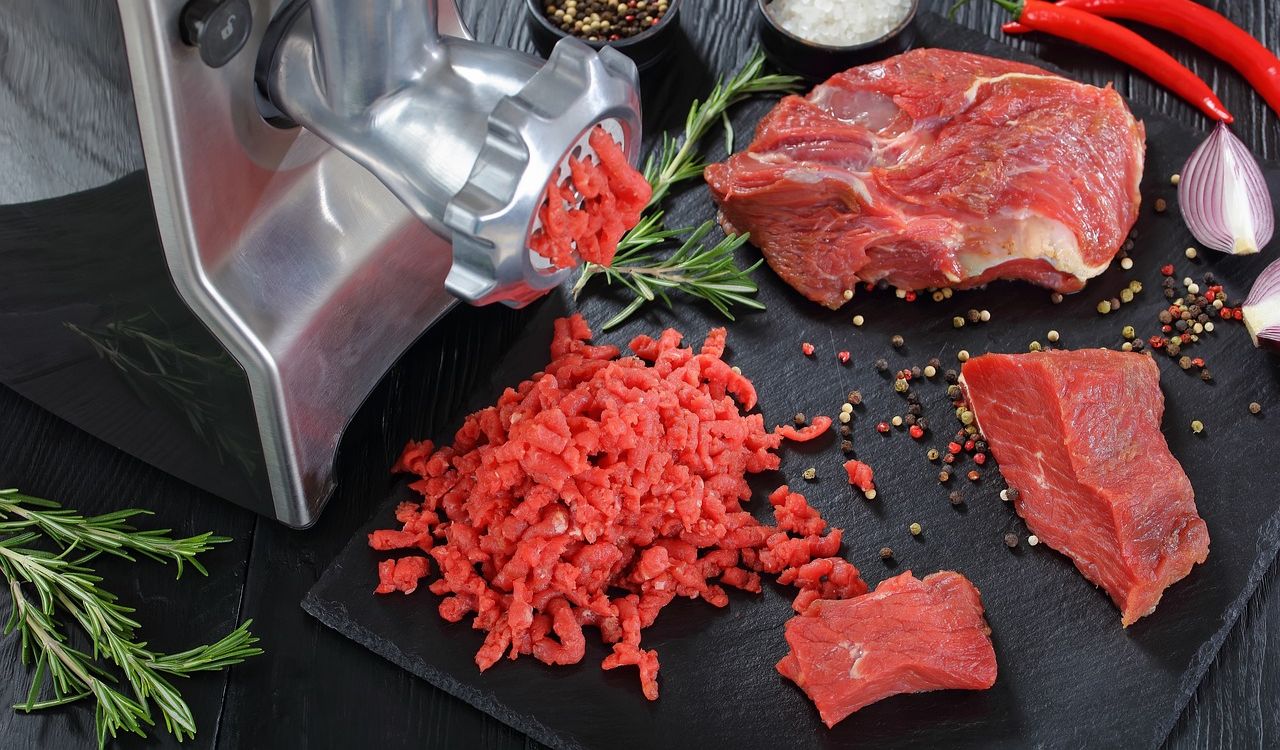11 Things Never To Say When Ordering A Steak
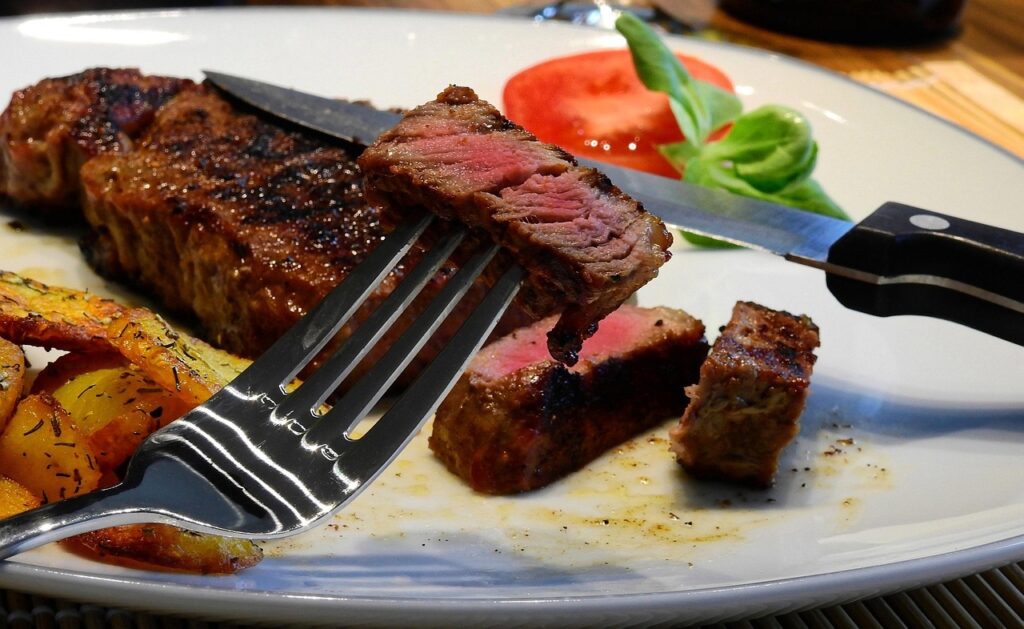
Ordering a steak isn’t just about picking a cut from the menu; it’s a small test of taste and confidence. What you say when placing that order tells the server and chef whether you understand how steak should be enjoyed. Certain comments can instantly reveal inexperience or even offend the kitchen. The truth is, small phrases can make or break your meal. If you want to sound like you know what you’re doing, avoid these common mistakes people make when ordering a steak.
1. “Can you make it well-done?”
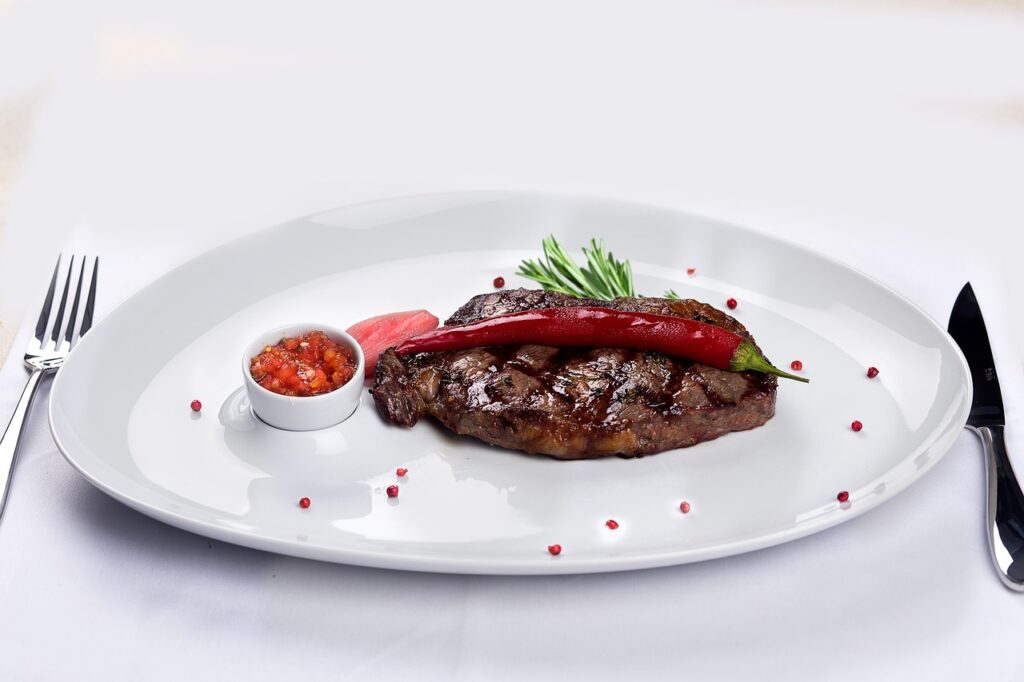
Asking for a well-done steak is like telling the chef to erase all flavor. Overcooking steak dries it out, toughens the texture, and kills the natural juiciness that makes good beef worth the price. Most chefs consider it a culinary sin, especially with high-end cuts like ribeye or filet mignon. If you can’t stand pink, ask for medium-well instead; it still gives a bit of char while keeping the meat tender. You’ll taste the difference, and the kitchen will silently thank you for it.
2. “Can you smother it in sauce?
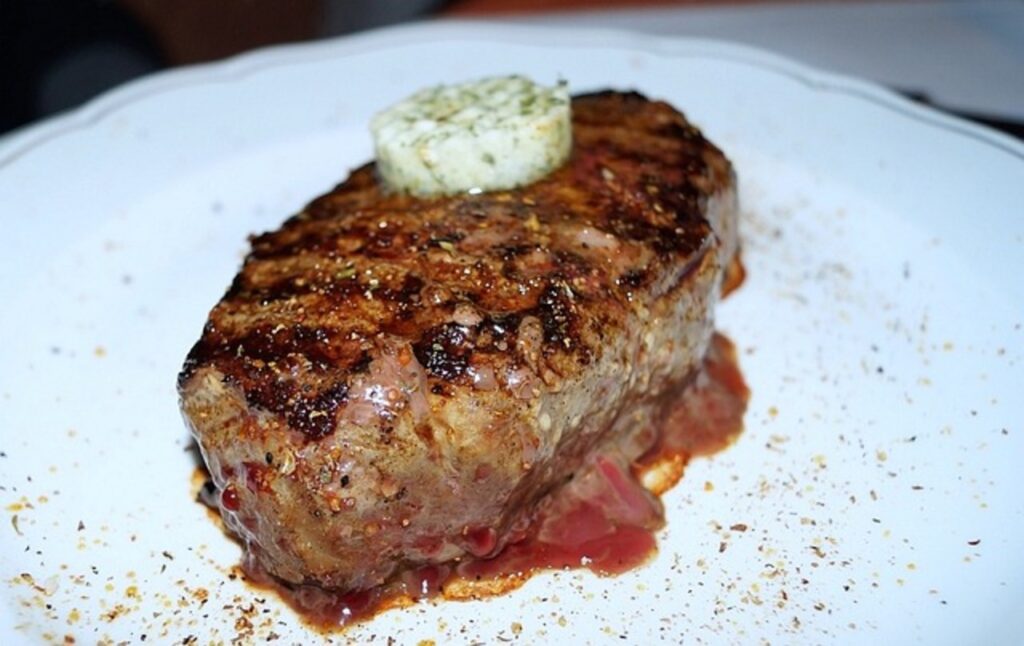
A quality steak never needs to be drowned in sauce. Asking for ketchup or steak sauce before tasting can suggest you don’t trust the chef’s skill. A perfectly cooked steak shines with just salt, pepper, and a blast of heat. For extra flavor, choose compound butter or peppercorn sauce-they enhance rather than hide the meat’s natural taste. In the end, the beef should be the star of the plate, with any condiments playing a subtle supporting role.
3. “What’s your cheapest cut?”
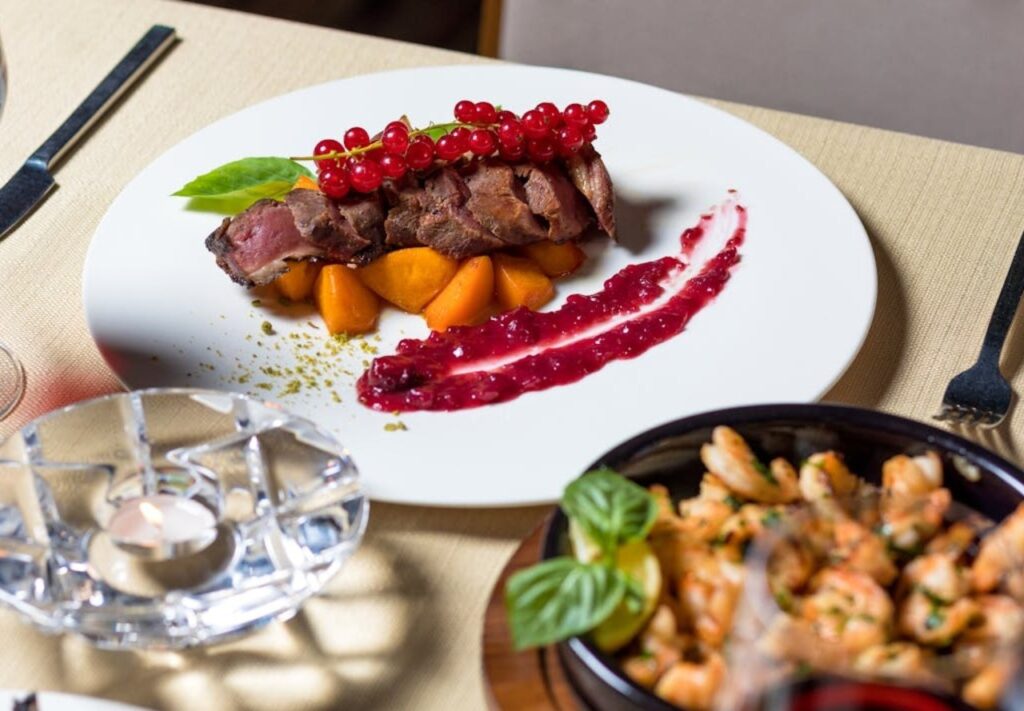
Leading with price can make you seem more focused on cost than quality. Having a budget is smart, but how you ask matters. Try saying, “What’s a flavorful cut that’s not too expensive?” it shows you value both taste and guidance. Affordable options like sirloin or hanger steak often deliver excellent flavor. When you respect the menu and trust the chef’s craft, you’re more likely to enjoy a better dining experience and get great value without compromising on quality.
4. “I want the biggest one you have.”
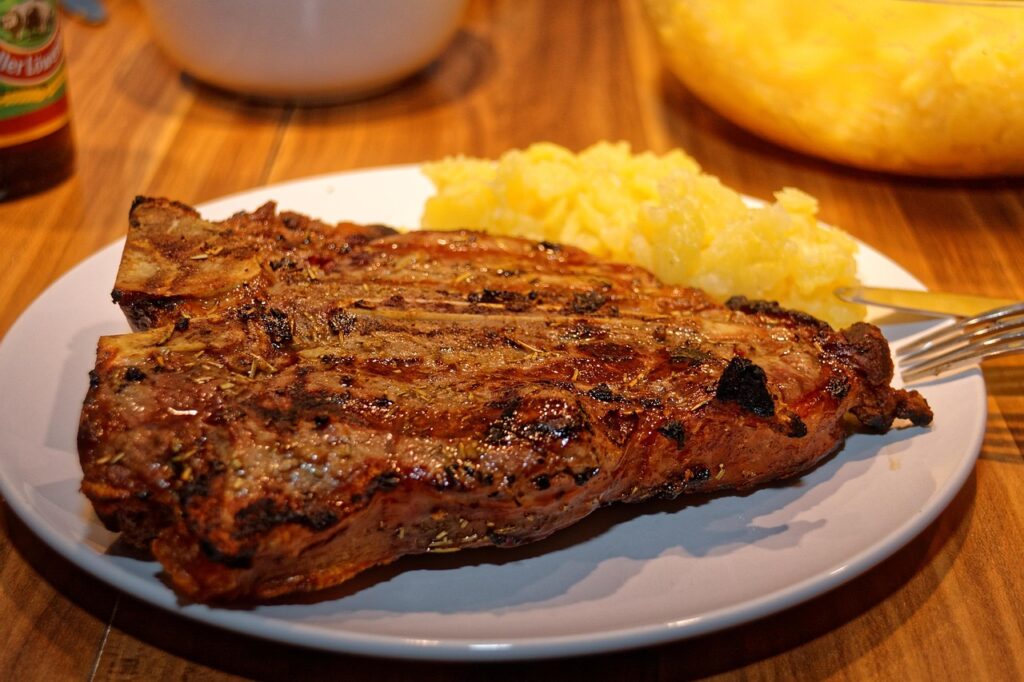
Ordering the largest steak might seem impressive, but size doesn’t always equal satisfaction. A massive cut can be unevenly cooked and harder to enjoy, especially if it’s more about bragging rights than flavor. Steakhouses portion their cuts for a balance between texture and doneness. Instead, focus on the cut style and marbling. A well-prepared 10-ounce ribeye often beats a 20-ounce slab cooked poorly. The best steak isn’t the biggest; it’s the one cooked just right.
5. “Can you butterfly it?”
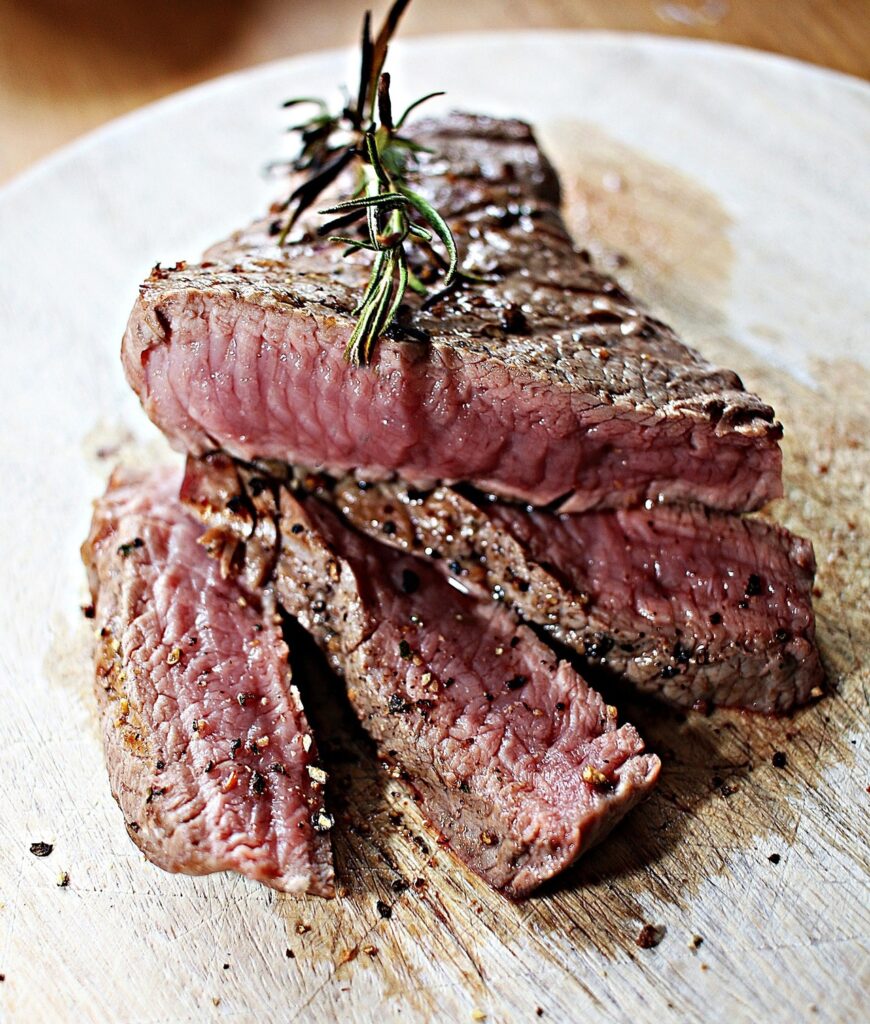
Requesting a steak to be butterflied, split, and flattened changes how it cooks and often ruins the texture. It’s typically done to rush the cooking process for a well-done order, which again dries the meat. If you want a faster-cooking steak, choose a thinner cut like flank or skirt steak instead of altering a premium one. Chefs spend time selecting cuts that cook evenly, and butterflying goes against that balance. Patience pays off with better flavor and tenderness.
6. “Do you have Wagyu from Japan?”
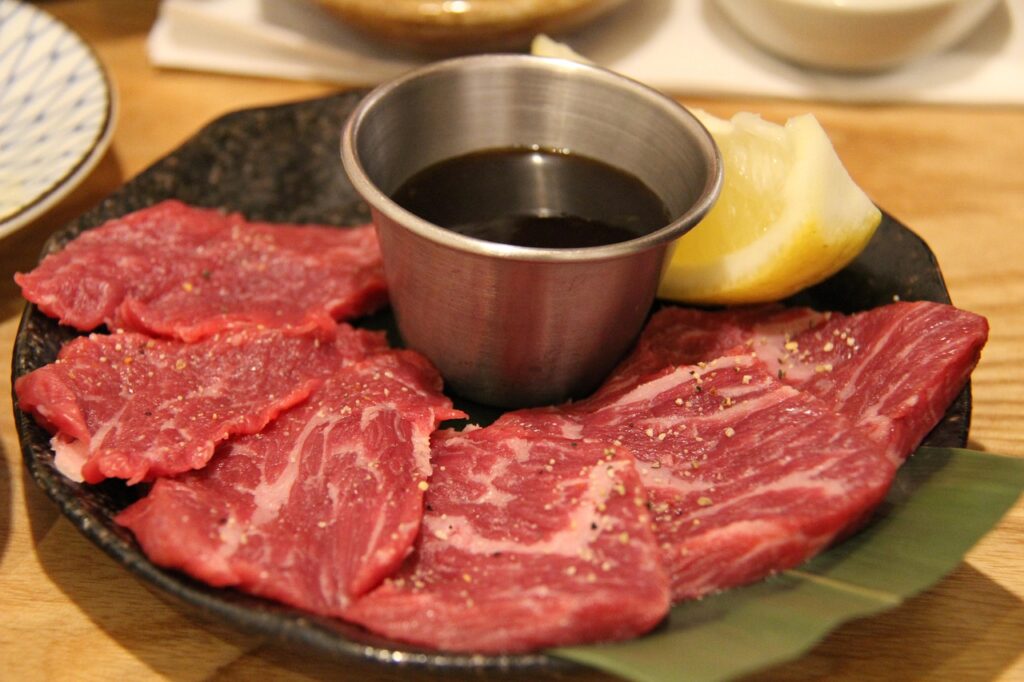
True Japanese Wagyu is rare, heavily regulated, and very expensive. Most “Wagyu” served in the U.S. is actually American Wagyu, a crossbreed with different marbling and flavor. Asking this question in a casual steakhouse can make you sound uninformed. If you’re curious, ask where the beef is sourced instead; it shows genuine interest without assuming the restaurant carries luxury imports. A good steakhouse will proudly explain its sourcing if it’s something special.
7. “I’ll take it with no seasoning.”
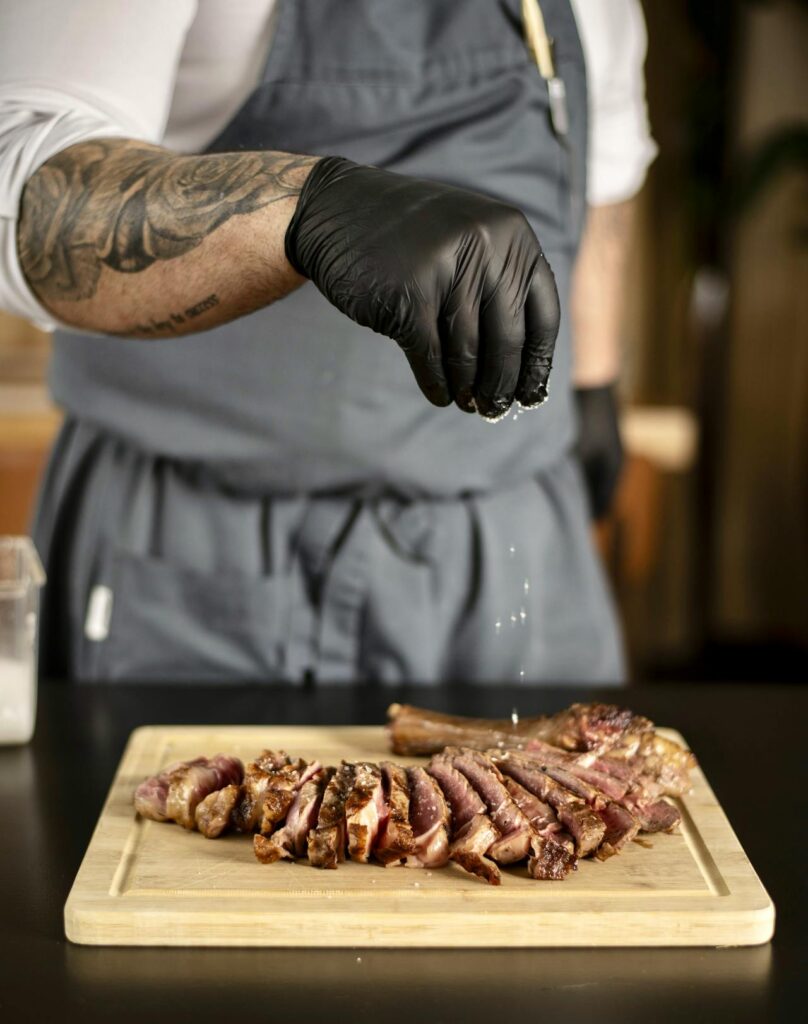
Steak without seasoning is like bread without yeast; it simply falls flat. Salt and pepper aren’t meant to hide the beef’s flavor but to awaken what’s already there, drawing out richness from the fat and tenderness in the muscle. Skipping seasoning leaves even a perfectly cooked steak tasting dull. If you’re watching your salt intake, mention it politely, but don’t reject seasoning entirely. That hint of salt and pepper transforms a simple piece of meat into a truly memorable steak.
8. “Can you cook it faster?”
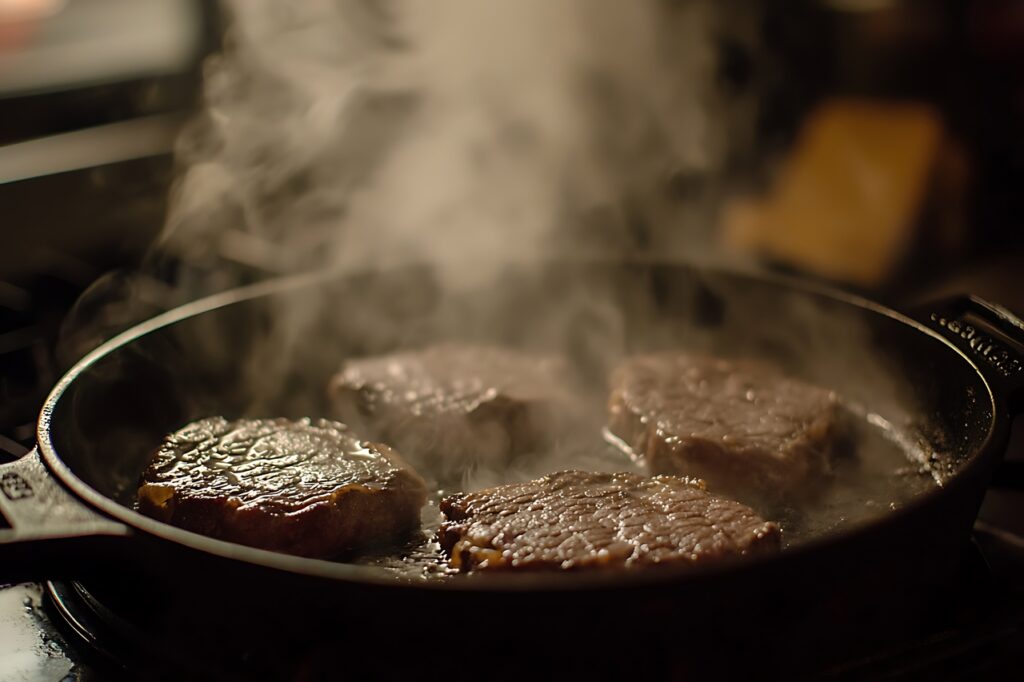
Rushing a steak is the quickest route to disappointment. A proper sear and adequate rest time are essential for tenderness and flavor. Asking to “speed it up” means the chef has to skip letting the meat relax and redistribute its juices, leaving it less enjoyable. Just a few minutes of resting after cooking transforms the texture and taste. Great steak rewards patience, and at a quality restaurant, that attention to detail is exactly what you’re paying for.
9. “I don’t want any fat on it.”
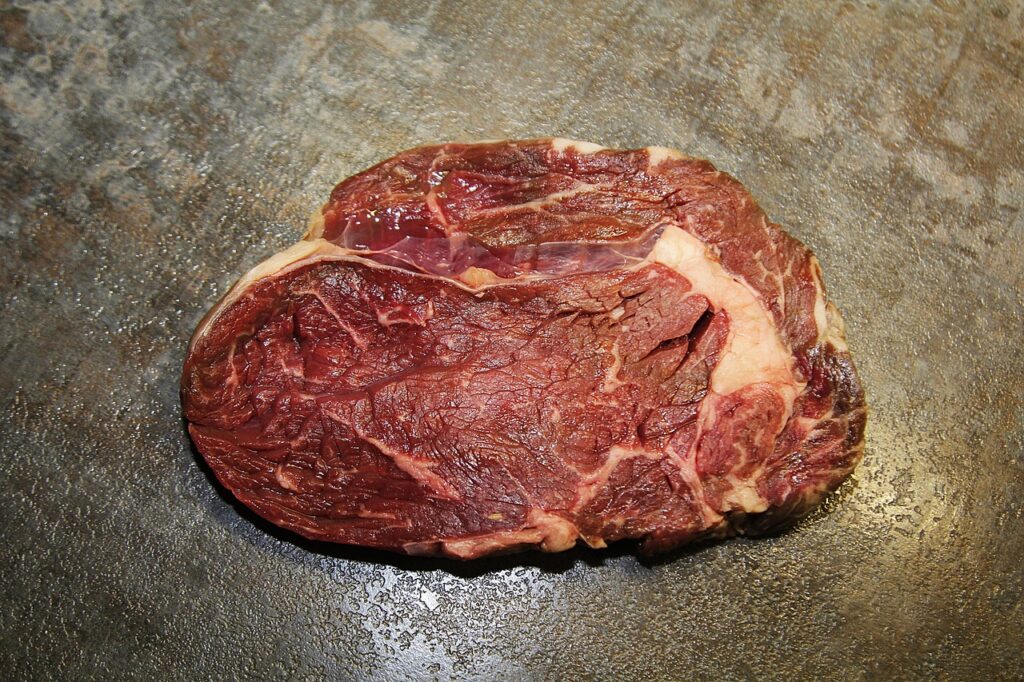
That marbled fat is the secret to a steak’s magic. As it melts during cooking, it bathes the meat in flavor and keeps it moist. Requesting a fat-free steak usually means ending up with something tougher and less flavorful. If you like leaner cuts, choose filet mignon or top sirloin, but don’t ask the chef to strip all the fat from a ribeye or New York strip-the marbling is exactly what makes those cuts tender, juicy, and worth ordering in the first place.
10. “Can you make it taste like chicken?”
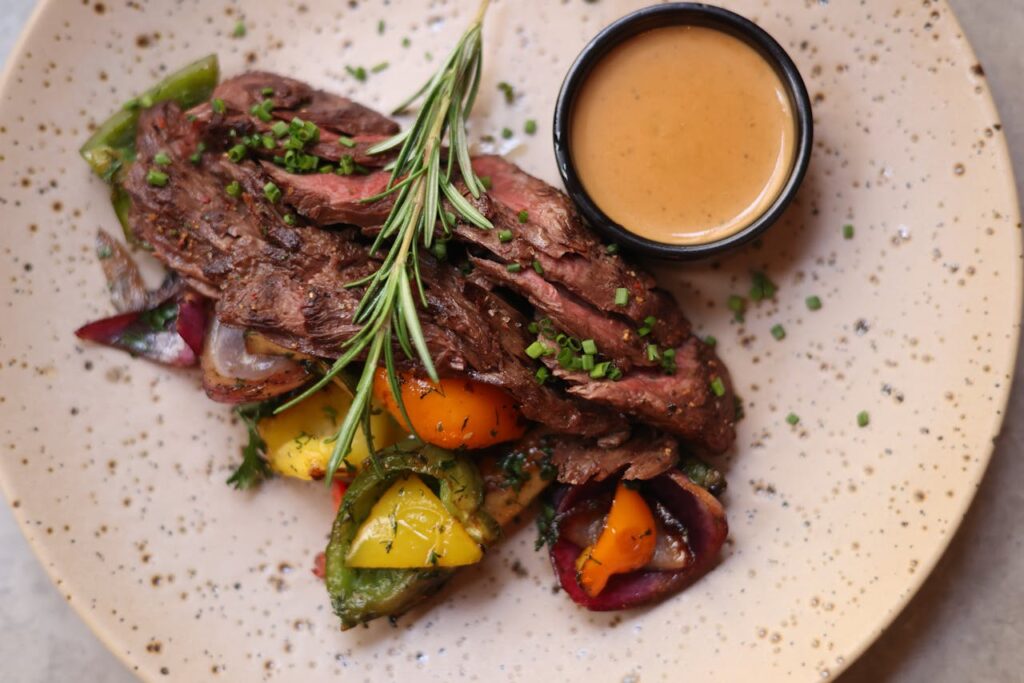
If you want something that tastes like chicken, order chicken. Steak has its own richness, texture, and depth that deserve to be appreciated for what they are. Trying to make it mimic another protein defeats the whole purpose. For those new to steak or unsure about stronger flavors, start with a mild, buttery cut like filet mignon cooked to medium. It’s tender and approachable, the perfect first step before exploring bolder, beefier cuts like ribeye or New York strip.
11. “I’ll have it burnt on the outside, raw inside.”
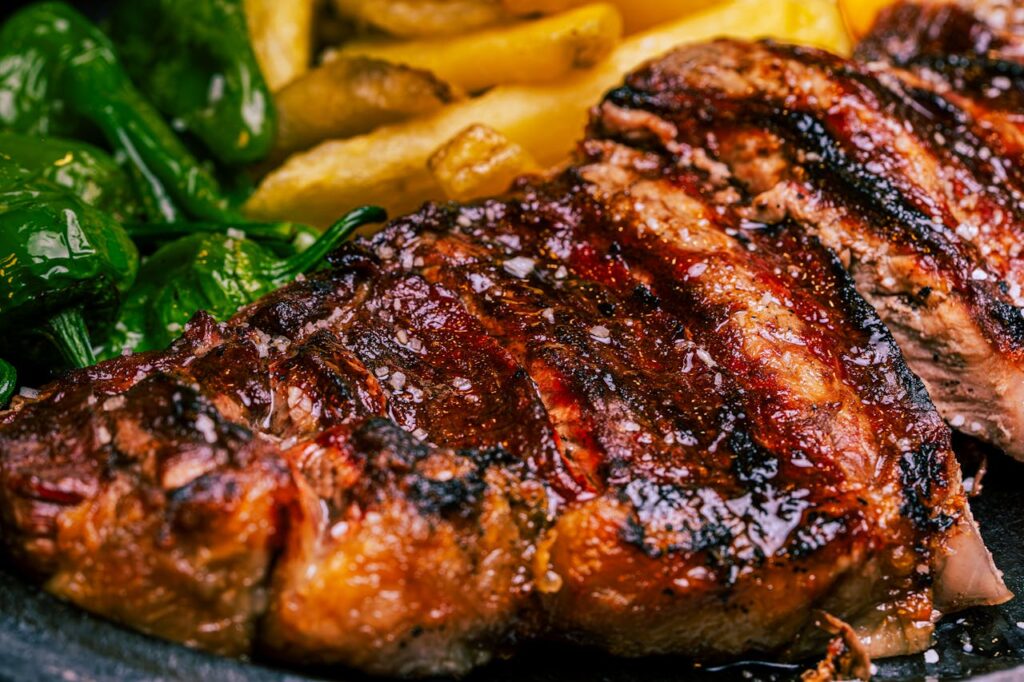
You’re describing a culinary contradiction. That extreme style, often called “Pittsburgh rare,” exists, but it’s not something every kitchen does. It requires special technique and high heat, and asking for it casually can throw off the cook. If you want a deep crust with a cool center, specify rare or medium-rare with a strong sear. That way, you get the char you want without confusing or frustrating the staff. Precision matters when ordering steak.


